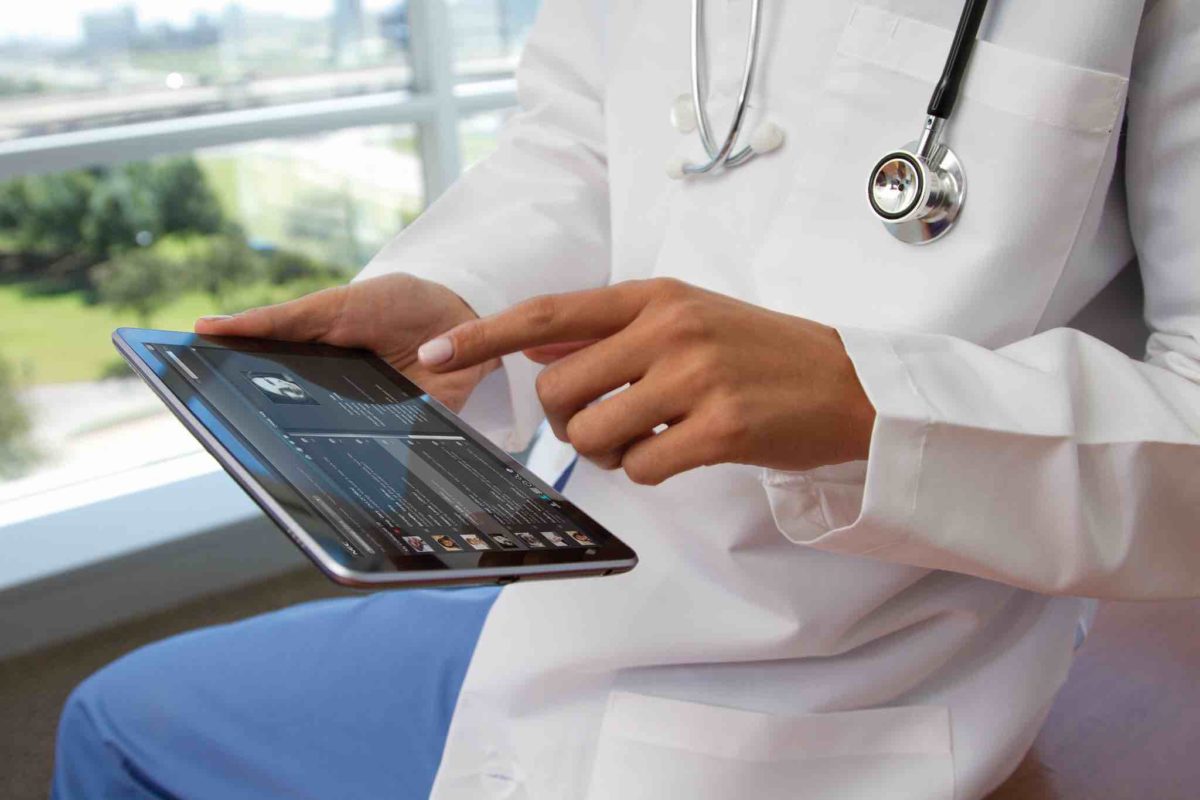With hospitals focused on treating COVID-19 patients and social distancing orders limiting in-person visits to doctor’s offices, Maryland healthcare systems, like those in other states, are turning to telehealth to continue to care for patients.
At the state level, it has also brought policy changes that made it easier for providers to put remote care options into effect. A trio of telemedicine measures went into effect as April began.
The pandemic fell in the midst of the annual session of the Maryland General Assembly. Before social distancing measures brought an end to the legislating in Annapolis, lawmakers passed telehealth measures that became emergency actions amid the pandemic.
Gov. Larry Hogan signed these bills into law last week, even as other bills that were passed during the shortened session have yet to be considered. He also enacted a new executive order.
One of the sets of bills and Hogan’s executive order expands the state’s formal definition of telehealth to include asynchronous services. While telehealth often brings videoconferencing to mind, these are the kinds of services that allow for communication in monitoring that is not taking place live, including email.
We’ve also seen local startups turn to this method to connect patients and healthcare workers. Mount Vernon-based emocha Mobile Health’s video tech allows patients or medical workers to record themselves for a check-in or taking medication that will be reviewed later. Inner Harbor-based Tissue Analytics also recently introduced asynchronous communication as part of a remote patient monitoring tool for wound care that it rolled out amid the pandemic.
Senate Bill 402, sponsored by State Sens. Cheryl Kagan and Kenneth Lam, and the equivalent House Bill 448 sponsored by Delegate Sandy Rosenberg (D-Baltimore City), authorizes use of both synchronous and asychronous technology.
“The intent of House Bill 448 was to assist patients who are home bound or whose schedules keep them from making regular office hours,” Rosenberg wrote in a blog post last week. “No one thought that it would be needed because the coronavirus would necessitate hospitals excluding non-emergency patients and doctors closing their offices.”
Hogan’s executive order said the practices must be “clinically appropriate, properly documented, and otherwise comply with proper standards of care.” They are also eligible for reimbursement through Medicaid, the order stated.
Another pair of bills allow for mental health and chronic care services to be delivered via telehealth in a patient’s “home setting,” and requires coverage via Medicaid and private insurance.
Taken together, the moves show another front where tech is empowering remote life during the crisis. They also earned the backing of the Maryland State Medical Society, a membership group for physicians, known as MedChi.
“Governor Hogan’s executive order of April 1, 2020, and his signature of two emergency telehealth measures planned for April 3, clarify what Maryland physicians can do with telehealth and will help fight the deadly coronavirus crisis,” MedChi CEO Gene Ransom said in a statement.

This editorial article is a part of Technical.ly's Healthcare Technologies Month of our editorial calendar.
Before you go...
Please consider supporting Technical.ly to keep our independent journalism strong. Unlike most business-focused media outlets, we don’t have a paywall. Instead, we count on your personal and organizational support.
Join our growing Slack community
Join 5,000 tech professionals and entrepreneurs in our community Slack today!





